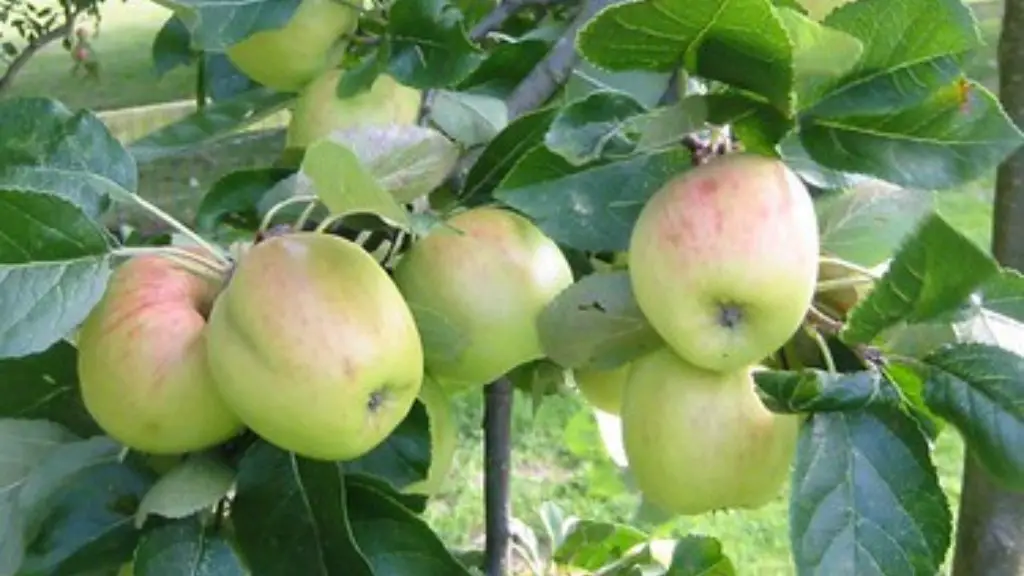Material Requirements
For sketching a palm tree, some basic materials are required. Beginners can make use of a pencil and a thick sheet of paper. An eraser and a pencil sharpener are also needed. Color pencils and a set of markers are also required for adding color to the sketch and for making it look life-like. The paper should be thick enough to allow for easy erasing of lines. A thin paper will tear or the eraser strokes cannot be drawn. You can also use a thin drawing board to draw the sketch. It should be large enough so that the whole tree can be fit in. A set of paints are necessary for adding realistic textures to the tree and a thin brush for painting thin lines and curves.
Drawing the Palm Tree
Start your sketch by drawing the trunk of the tree. Draw the basic trunk and then start adding details such as lines of texture, knots and marks. Add details according to your own imagination and taste. Make sure that the trunk should look thick and strong. After drawing the trunk and adding details, draw the silhouette of the top of the tree and work your way back adding leaves in arcs. Start by drawing the main middle branches and then move outward, adding smaller branches and leaves. Make sure all the leaves are different sizes and detailed with stem, curves and points. Don’t forget to add some coconuts on the tree, they don’t have to be perfect circles and can be oval or irregular in shape.
Adding the Finishing Touches
Adding the finishing touches requires careful thought and careful work. Use color pencils or a set of markers to add shades and shadows to the tree. You can add shadows on the trunk and the leaves of the tree to make it look more realistic. You can even add some streaks of light on the leaves of the tree to give it an airy and natural look. You can also make use of a thin brush and some thin paint for adding thin lines. These thin lines give the tree a realistic texture. You can add some particles of sand, grass or dirt around the trunk of the tree which enhances the realistic look of it.
Drawing Inspiration
Getting the right inspiration is very important while sketching a palm tree. It is important to look at nature and observe how the trees actually look like. Remember to take some time out to observe the details and not just copy them. Always be creative and look at different photos and images of palm trees to get the right ideas. You can also practice sketching simpler sketches of trees before you move onto complex palms. It is important to practice and draw as much as possible to get the right ideas for sketching a great looking palm.
Finishing up the Sketch
When you are finished drawing and coloring the sketch, go over it once again to see if there are any flaws or gaps in the work. Aim for perfection and try and fill in as much details as possible. Always lay some distance between you and your work and see it from a distance. This will help you in spotting the flaws in the sketch which you may have missed while drawing up close. Once the sketch is complete, you can use a thin piece of tissue and gently dust away the extra pencil marks. After dusting away the remains, the sketched palm tree will be ready to be hung on the wall and admired by everyone.
Capture Characteristics
The key to a successful sketch of a palm tree is in capturing its character. Palm trees are found in tropical regions and they have many unique characteristics associated with them. Aim to capture the essence of the palm tree in your sketch and try to bring out its unique personality. Additionally, you can add some beach components in the sketch such as the sand, sea and horizon to the sketch. You can even add animates sitting in the shade of the palm, to bring some life and soul to the sketch.
Bringing the Sketch to Life
You can bring the sketch to life by adding realistic textures to the trunk and leaves of the palm tree. Make use of different textures and patterns to give a realistic look to the sketch. This can be done by brushing the paper with different textures and then highlighting those textures with color pencils or markers. You can even mix two or more textures and create something unique and eye-catching. Additionally, you can add some small details like bird drawings or hang a tire on the tree to give it a unique look.
Bringing Life with Colour
The beauty and life of sketches can be greatly enhanced by the careful use of color. When sketching a palm tree, use of color must be done wisely and with great control. You can start by outlining the entire sketch with one color and then slowly move onto different shades and hues. Additionally, you can use a light shade of green in the trunk of the tree and then proceed with brighter and darker shades. The leaves of the tree can be shaded and colored differently to give it a life-like look.
Exploring Different Variations
When creating sketches of palm trees, do not be afraid to explore different variations of the same thing. Look at different photos and observe the different shapes, silhouettes and appearances. Observe the big trees and the small ones and the trees with more leaves and the ones with fewer leaves. Aim to find the unique physical characteristics of the trees and keep in mind that each palm tree is truly unique in itself.
Adding Finishing Touches to the Sketch
Apart from adding realistic textures and colors to the sketch, you should also look for other details which can give the sketch a life-like appearance. This includes adding things like birds, animals and even animates. These elements can be added by sketching them separately and then adding them to the overall sketch. Adding numerous details like these will help render the sketch a life-like look.
Making the Sketch Unique
Every sketch has to have something unique in it that sets it apart from the rest. This can be done by adding something special or unusual to the sketch. It could be a particular shading technique, a special color, or an unusual object in the scenery. Adding such elements will not only give the sketch a unique and eye-catching look, but will also make your artwork stand out.

